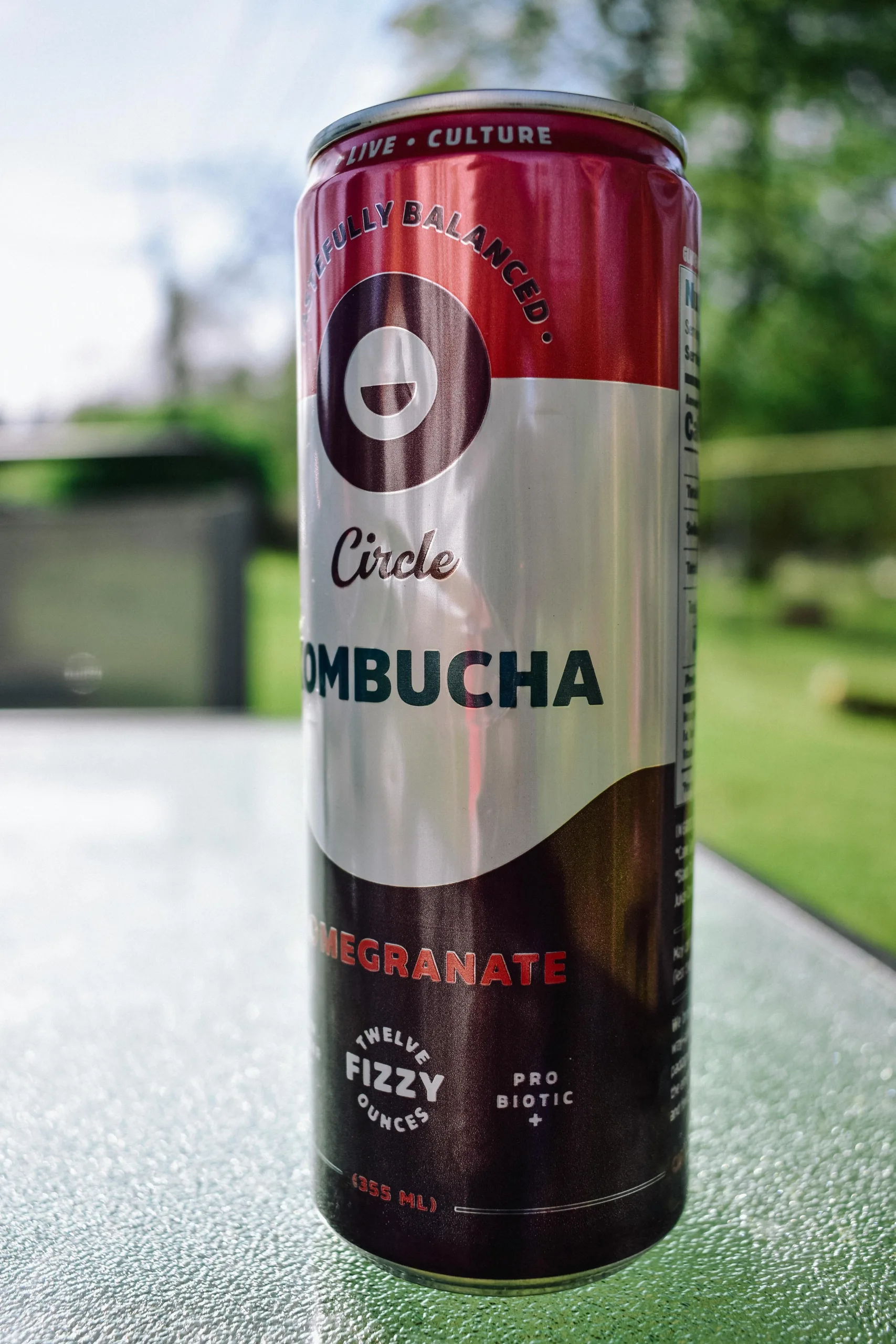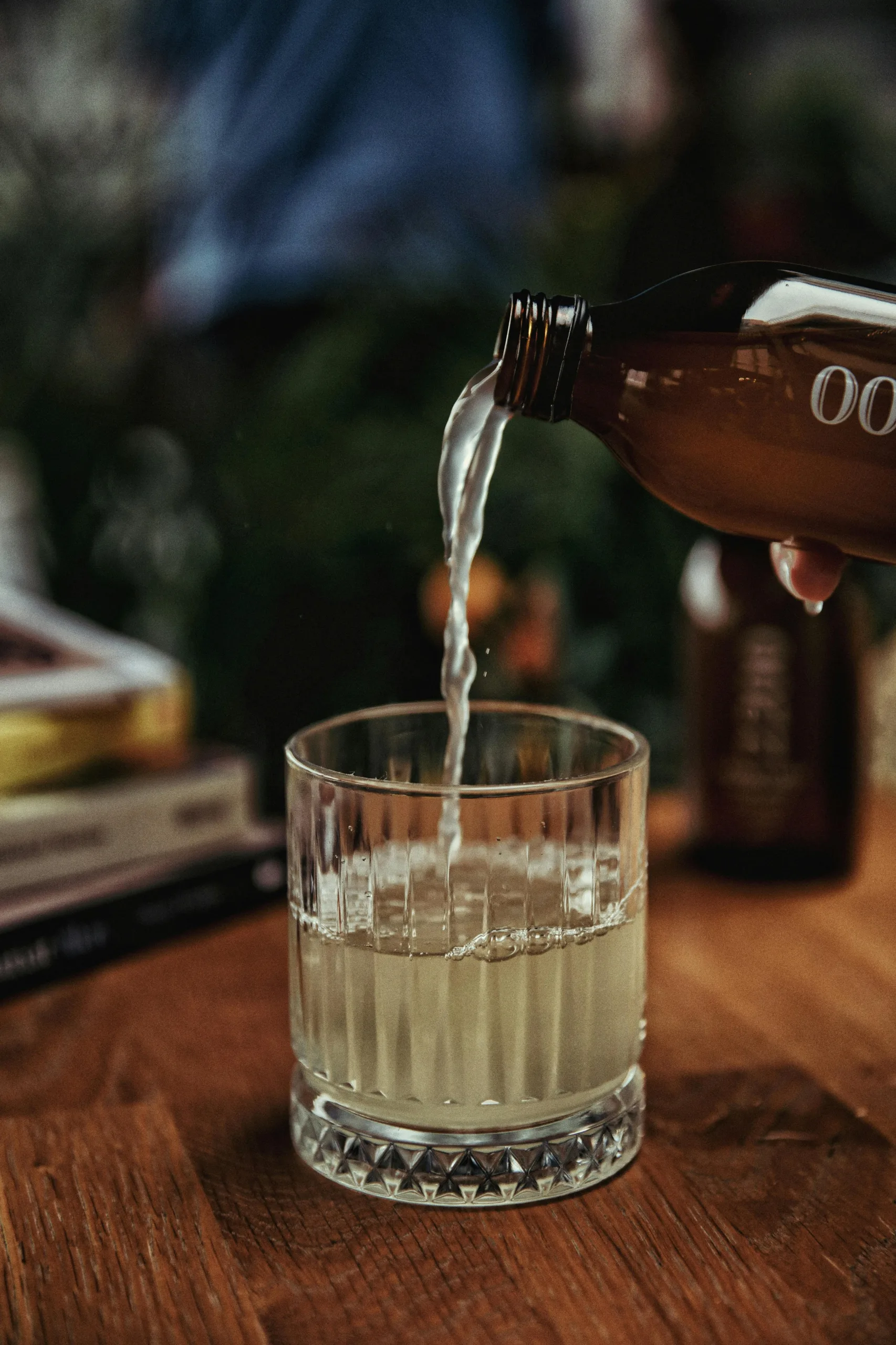Welcome to “Kombucha Brewing Guidance,” your ultimate companion in the art of making delicious and healthy kombucha right at home. This vibrant guide will walk you through each step of the brewing process, from selecting the finest ingredients to perfecting fermentation techniques. You’ll discover tips and tricks to ensure your kombucha is not only flavorful but also packed with probiotics and beneficial nutrients. Whether you’re a beginner or an experienced fermenter, this guide will help you master the craft and enjoy every bubbly, tangy sip. Have you ever wondered how to brew your own kombucha at home? If you’ve been curious about this fizzy, tangy drink that’s both delicious and packed with health benefits, you’ve come to the right place. Not only is kombucha brewing a fun and rewarding hobby, but it’s also surprisingly simple once you get the hang of it. In this article, we’ll guide you through every step of the way to ensure you achieve that perfect kombucha brew.
What Is Kombucha?
Kombucha is a fermented tea beverage that has been consumed for centuries due to its potential health benefits. It’s made from tea, sugar, and a symbiotic culture of bacteria and yeast (SCOBY). Imagine a slightly tangy, slightly sweet, and sometimes effervescent beverage that can be flavored to your heart’s desire.
Why Brew Your Own Kombucha?
Brewing your own kombucha allows you to control the ingredients and flavor profiles. Store-bought kombucha can sometimes contain additives or be less fresh than homemade versions. Plus, it’s a cost-effective way to enjoy this trendy beverage.
Essential Ingredients and Equipment
Before you start brewing, you’ll need to gather some essential ingredients and equipment. Here’s a quick rundown to get you prepared.
Ingredients Needed
- Tea: Black tea is traditional, but green or white teas can also be used.
- Sugar: Regular granulated sugar is perfect.
- Water: Filtered or distilled water works best.
- SCOBY: This is your fermentation starter.
- Starter Tea: Previously brewed kombucha to kick-start fermentation.
Equipment Needed
| Equipment | Purpose |
|---|---|
| Glass Jar | For brewing your kombucha. |
| Cloth Cover | To allow breathable covering. |
| Rubber Band | To secure the cloth cover. |
| Measuring Cups & Spoons | For accuracy in ingredients. |
| Funnel | For transferring liquids. |
| Bottles | For storing the final product. |
This setup might seem a lot to gather at first, but once you have everything, the brewing process will move smoothly.

Step-by-Step Kombucha Brewing
Now that you have your ingredients and equipment ready, let’s dive into the step-by-step process of brewing kombucha.
Step 1: Brew Your Sweet Tea
Start by brewing your tea, which serves as the base for your kombucha.
- Boil Water: Boil about 1 quart (1 liter) of water.
- Steep the Tea: Add 4-6 tea bags or 1-ounce loose tea and let it steep for 5-10 minutes.
- Add Sugar: Stir in 1 cup of sugar until it dissolves completely.
- Cool the Tea: Allow the brewed tea to cool down to room temperature.
Step 2: Prepare the Fermentation Jar
Once your sweet tea is ready, it’s time to set the stage for fermentation.
- Combine Sweet Tea and Water: Pour the cooled tea into your glass jar and add enough water to fill it up.
- Add Starter Tea: Pour in about 1 cup of previously brewed kombucha.
- Introduce the SCOBY: Gently place the SCOBY into the jar.
Step 3: Fermentation Time
Fermentation is where the magic happens!
- Cover with Cloth: Secure the jar with the cloth cover and rubber band to keep contaminants out.
- Let It Ferment: Place the jar in a warm, dark place. The ideal temperature is between 68-78°F (20-26°C).
- Wait 7-14 Days: Allow the tea to ferment for 7-14 days, tasting it periodically starting from day 7.
Step 4: Bottling and Flavoring
Once your kombucha has reached your desired tanginess, it’s ready to be bottled and flavored.
- Remove SCOBY: Carefully remove the SCOBY and place it in a clean bowl.
- Pour into Bottles: Use the funnel to pour the kombucha into bottles.
- Add Flavors: Now’s the fun part! You can add fruits, herbs, or spices to your bottles.
- Second Fermentation: Seal the bottles and let them sit at room temperature for another 3-7 days. This allows the kombucha to carbonate.
Step 5: Final Touch
Your homemade kombucha is finally ready to be enjoyed!
- Refrigerate: Store the bottles in the fridge to slow the fermentation process.
- Enjoy: Pour yourself a glass and relish your homemade brew!
Common Mistakes to Avoid
Even with the simplest recipes, mistakes can happen. Here are some common pitfalls you should avoid while brewing your kombucha.
Using Unfiltered Water
Chlorine and other chemicals in tap water can harm your SCOBY. Always use filtered or distilled water.
Over-Fermenting
Leaving your kombucha to ferment for too long can result in an overly acidic and vinegar-like taste. Keep a close eye on the fermentation period.
Skipping Cleanliness
Make sure all your equipment is thoroughly cleaned to avoid introducing any bad bacteria or mold into your kombucha.

Health Benefits of Kombucha
Kombucha is loved not just for its unique taste, but also for its many health benefits.
Probiotics Galore
Kombucha is rich in probiotics which can aid in digestion and improve gut health.
Beneficial Antioxidants
The tea used in kombucha contains antioxidants, which help combat free radicals in your body.
Potential Blood Sugar Control
Some studies suggest kombucha can help regulate blood sugar levels thanks to the acetic acid and polyphenols.
Troubleshooting Common Issues
Even the most seasoned brewers face issues from time to time. Here are solutions to some common problems.
Mold Growth
If you see mold, discard your batch immediately and start over. Mold is usually fuzzy and can be white, green, or black.
Weak SCOBY
A weak or thin SCOBY might have trouble fermenting properly. Ensure you’re using enough starter tea and keep your brewing conditions optimal.
Taste Issues
If your kombucha tastes off, it could be due to contamination or imbalance in the tea or sugar. Always maintain cleanliness and stick to the recommended amounts.

Advanced Brewing Tips
Once you’ve mastered the basics, there are a few advanced techniques you can explore to perfect your brew.
Continuous Brew Method
Rather than making individual batches, the continuous brew method allows you to keep a steady supply of kombucha with less hassle.
| Step | Description |
|---|---|
| Basic Setup | Use a large glass container with a spigot. |
| Regular Maintenance | Periodically drain kombucha and replace it with sweet tea. |
| Flavoring & Bottling | Flavor and bottle as you drain batches. |
pH Testing
Using pH strips or a digital pH meter can help you ensure your kombucha is fermenting properly. Ideal pH ranges from 2.5 to 3.5.
Temperature Control
Maintaining a consistent temperature can significantly improve the quality of your kombucha. Consider using a heating pad if you live in a cooler area.
Exciting Kombucha Flavor Ideas
One of the joys of brewing your own kombucha is experimenting with flavors. Here are some ideas to inspire you.
Fruity Flavors
Fruits add sweetness and tang to your kombucha. Try these combinations:
- Strawberry-Lemon
- Mango-Ginger
- Blueberry-Lavender
Herbal Flavors
Herbs can infuse your kombucha with unique aromas and flavors:
- Mint-Basil
- Rosemary-Thyme
- Chamomile-Honey
Spiced Flavors
Add warmth and complexity with spices:
- Cinnamon-Apple
- Cardamom-Peach
- Chai-Spiced

Kombucha in Daily Life
Incorporating kombucha into your daily routine can become a delightful habit. Here are a few ways to enjoy it.
Morning Energizer
Kick start your day with a glass of kombucha. Its natural fizz and light caffeine content can invigorate you.
Post-Workout Refreshment
Replenish your electrolytes with a cold bottle of kombucha after a workout.
Social Beverage
Serve your homemade kombucha at gatherings. It’s a great conversation starter and a healthier alternative to soda or alcohol.
Conclusion
Brewing kombucha at home is a rewarding adventure filled with discovery and experimentation. With the right ingredients, equipment, and steps, you can create a delicious and healthful beverage that’s uniquely yours. So why not give it a try? Happy brewing!
Feel free to revisit this guide every time you brew, ensuring every batch is just as delectable as the last. Cheers to your kombucha journey!

